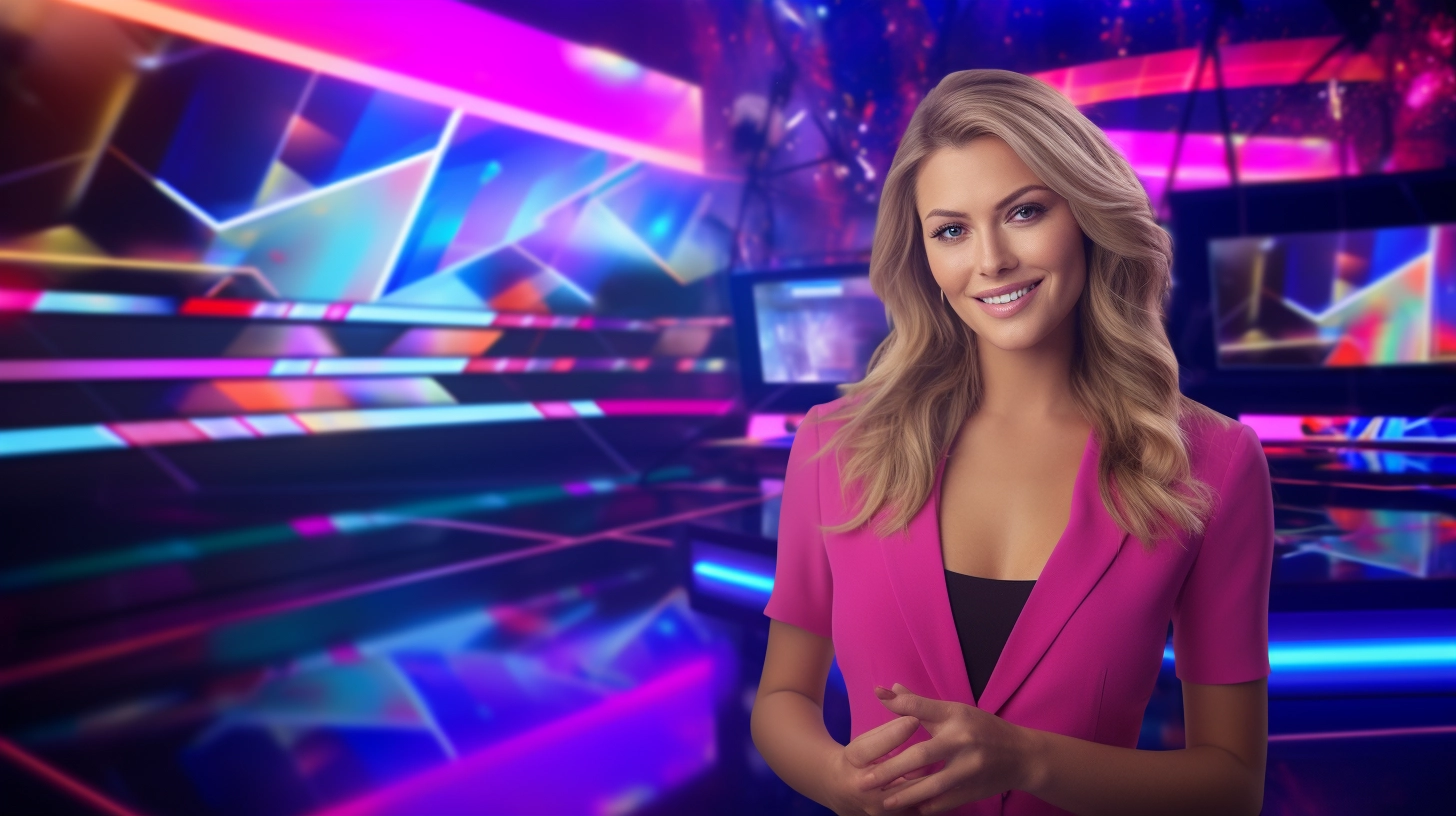With AI’s ability to generate synthetic content, we’re witnessing a transformative shift
Synthetic Content Generation in Journalism: The AI Newsroom
In the realm of journalism, AI-driven algorithms are now capable of producing news articles on a multitude of topics. These AI newsrooms can rapidly generate up-to-date content, delivering breaking news to readers within minutes. While the articles lack a human touch, they provide a quick source of information for those seeking the latest updates. Below are some concrete examples of the use of AI and synthetic content generation in journalism as well as reflections on benefits and potential challenges:
The Rise of AI in News Production
AI-driven content generation has witnessed a remarkable ascent in the news industry. An article in the Harvard Business Review by Jeremy Hsu titled “The Age of AI-Powered Journalism” highlights this trend: “AI algorithms have revolutionized news production, enabling newsrooms to churn out articles at unprecedented speeds. This has become particularly valuable in the fast-paced world of journalism, where timely delivery of news can make or break a story.”
AI-driven content generation has witnessed a remarkable ascent in the news industry.
Increased Efficiency and Rapid Updates
One of the key advantages of AI newsrooms is their ability to produce content with remarkable efficiency. According to a study published in the Journal of Communication, “AI newsrooms can generate news articles at a fraction of the time it takes for human journalists. This accelerated pace ensures that readers receive breaking news in near real-time, which is crucial in an era where events unfold rapidly.”
Challenges and Ethical Considerations
While the rise of AI in news production is undoubtedly transformative, it is not without its challenges and ethical considerations. As mentioned in a report by the Reuters Institute for the Study of Journalism, “The absence of a human touch in AI-generated content can lead to a lack of editorial judgment and bias, posing concerns about the objectivity and authenticity of news articles.”
The Future of AI-Generated News
The future of AI-generated news is promising and uncertain at the same time. As Dr. Sarah Johnson, a leading AI researcher in journalism, points out in her TED Talk, “AI-driven newsrooms are here to stay, but they should complement rather than replace human journalism. The synergy of human insight and AI speed is the future of journalism.”
At CanopyLAB we use similar methods as described above, using generative AI to autogenerate course descriptions and written course content.
AI newsrooms are the newsrooms of the future, and the use of AI in newsrooms is revolutionizing the way news articles are produced and delivered. While they offer unmatched speed and efficiency, they also raise important ethical questions about the role of human journalism in ensuring objectivity and authenticity in news reporting. The future likely holds a balance between AI and human journalism, creating a new era of news production. At CanopyLAB we use similar methods as described above, using generative AI to autogenerate course descriptions and written course content. Generally, the implications of Generative AI are almost beyond what our imagination can phantom, but looking to journalism is relevant, as the industry has been faster at deploying successful use cases.
Implications for education
The ability to generate synthetic content is not only transforming journalism but also various other industries, from news reporting and marketing to entertainment. It is essential to recognize its broader implications and why these innovations are relevant for educators and educational content creators.
The same principles that drive AI newsrooms’ efficiency and rapid updates can also be applied in educational contexts.
In an era where technology plays an increasingly central role in education, the impact of AI-driven content generation cannot be underestimated. The same principles that drive AI newsrooms’ efficiency and rapid updates can also be applied in educational contexts. Educators and content creators can leverage AI to automate the generation of educational materials, creating up-to-date, relevant, and engaging content for students. This not only reduces the time and effort required to produce educational resources but also ensures that learners have access to the latest information and learning materials.
Moreover, as the lines between journalism and education blur, educators can draw inspiration from AI-driven journalism to enhance the way they deliver information to students. Just as AI newsrooms are redefining the way news is delivered, educators can explore AI-powered tools to provide dynamic and personalized learning experiences for their students. AI can assist in tailoring content to individual learning styles, helping students stay engaged and motivated in their educational journey.
AI-driven content generation can offer educators new tools to create dynamic and personalized learning experiences for students, ultimately transforming the educational landscape.
In conclusion, the advancements in synthetic content generation are not limited to journalism; they have the potential to revolutionize education as well. The speed, efficiency, and adaptability of AI-driven content generation can offer educators new tools to create dynamic and personalized learning experiences for students, ultimately transforming the educational landscape. This fusion of AI and education is a promising avenue for the future, where innovation can lead to more effective and engaging learning environments. At CanopyLAB, we are already using similar methods, utilizing generative AI to auto-generate course descriptions and written course content, exemplifying the synergy of AI and education.



